-
Initiatives and Collaboration
- Events and Community Engagement
- Crop Swap Te Puke
- Food Resilience School NZ
- Food Forests of New Zealand (www.foodforests.nz)
- Nursery Map - Plant Suppliers of NZ Directory (www.nurserymap.nz)
- Te Puke Community Garden
- Te Puke Digital
- Te Puke Region Food Co-op
- TROPPO’s Food Forest in Te Puke, BOP (wwwfoodforest.org.nz)
- TROPPO's Nursery Directory
- Troppo’s Plant Collection
- Vector Group Charitable Trust (Umbrella)
What would cause my lemons to go mouldy on the tree?
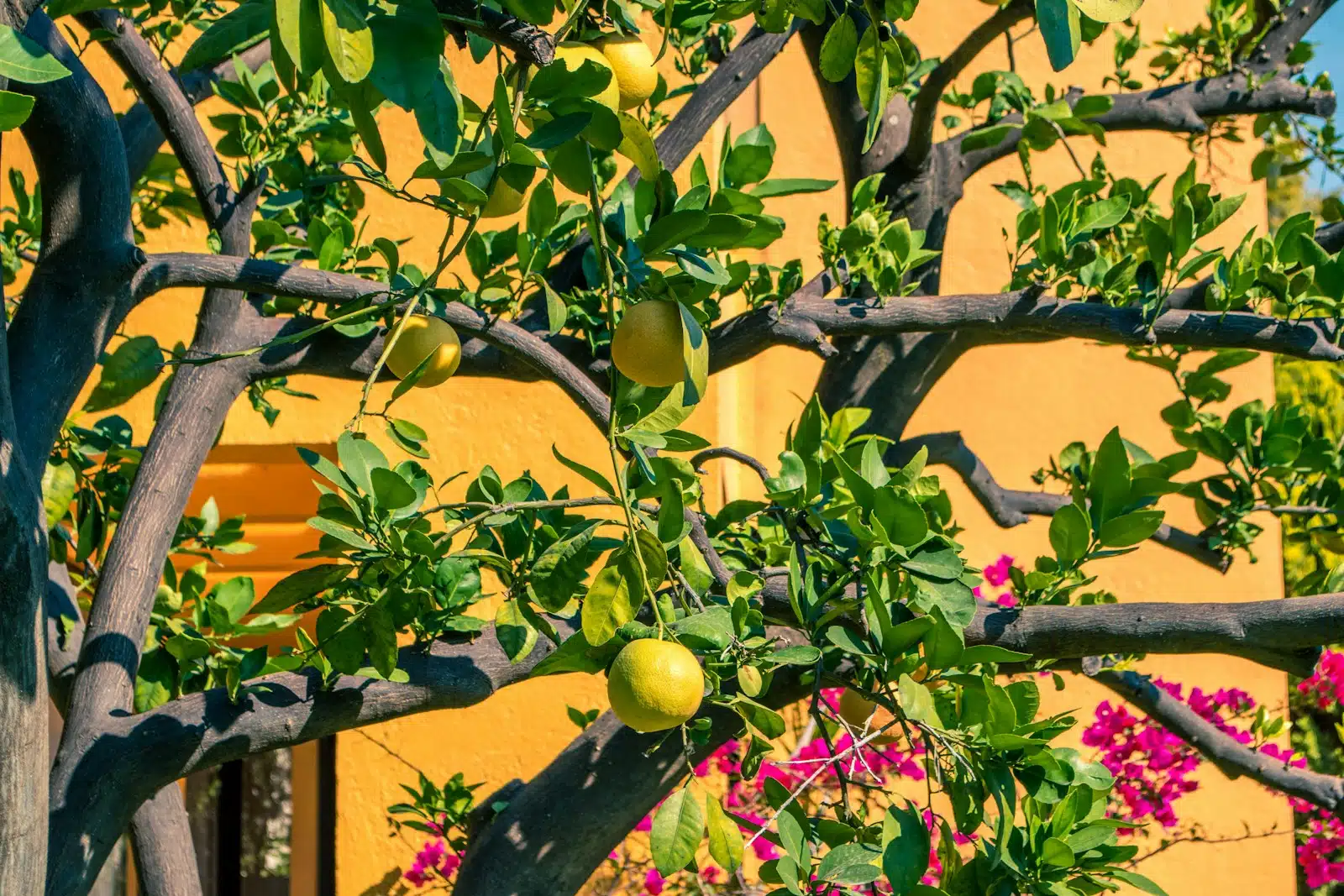
Question. Hi, I have a very robust and heavy bearer lemon tree. This year the fruit is going mouldy on the tree. What would be the cause?
Answer. Having a robust and heavy-bearing lemon tree is wonderful, but it’s concerning when the fruit starts going mouldy on the tree. Understanding the potential causes and how to address them can help you protect your harvest and maintain the health of your tree. Let’s explore the common reasons for mouldy lemons and what you can do about it.
Common Causes of Mouldy Lemons on the Tree
1. Fungal Infections
The most likely cause of mouldy fruit on your lemon tree is a fungal infection. Common fungal diseases that affect citrus fruits include:
- Botrytis Cinerea (Grey Mould): This fungus thrives in humid conditions and can cause fruit to develop grey, fuzzy mould.
- Penicillium (Blue-Green Mould): This fungus causes blue-green spores to form on the fruit, leading to rot.
- Alternaria Rot: This disease causes black or dark brown spots on the fruit, which can become covered in mould.
2. Poor Air Circulation

Photo by Ernest Porzi on Unsplash
Poor air circulation around the tree can create a humid environment that promotes fungal growth. Dense foliage and crowded planting can exacerbate this issue.
3. Overwatering or Poor Drainage
Excess moisture from overwatering or poor drainage can contribute to fungal infections. Wet conditions provide an ideal environment for mould to develop on the fruit.
4. Insect Damage
Insects such as aphids, mites, or fruit flies can damage the fruit, creating entry points for fungal spores and leading to mould growth.
Solutions to Prevent and Treat Mouldy Lemons
1. Improve Air Circulation
Prune your lemon tree to improve air circulation around the fruit. Remove any dead or overcrowded branches, and thin out dense areas of foliage. This helps reduce humidity and allows for better air flow.
2. Proper Watering Practices
- Water Deeply and Infrequently: Ensure the soil is well-draining and water the tree deeply but less frequently to prevent waterlogging.
- Mulch: Apply mulch around the base of the tree to help retain moisture without causing excess humidity around the fruit.
3. Fungicide Treatments
If fungal infections are a persistent problem, consider using a fungicide. Choose a product labeled for use on citrus trees and follow the instructions carefully. Organic options such as copper-based fungicides can also be effective.
4. Pest Control
Inspect your tree regularly for signs of pests. Use appropriate treatments, such as insecticidal soap or neem oil, to control insect populations and prevent them from damaging the fruit.
5. Remove Affected Fruit
Promptly remove any mouldy or rotting fruit from the tree and the ground around it. This helps prevent the spread of fungal spores to healthy fruit.
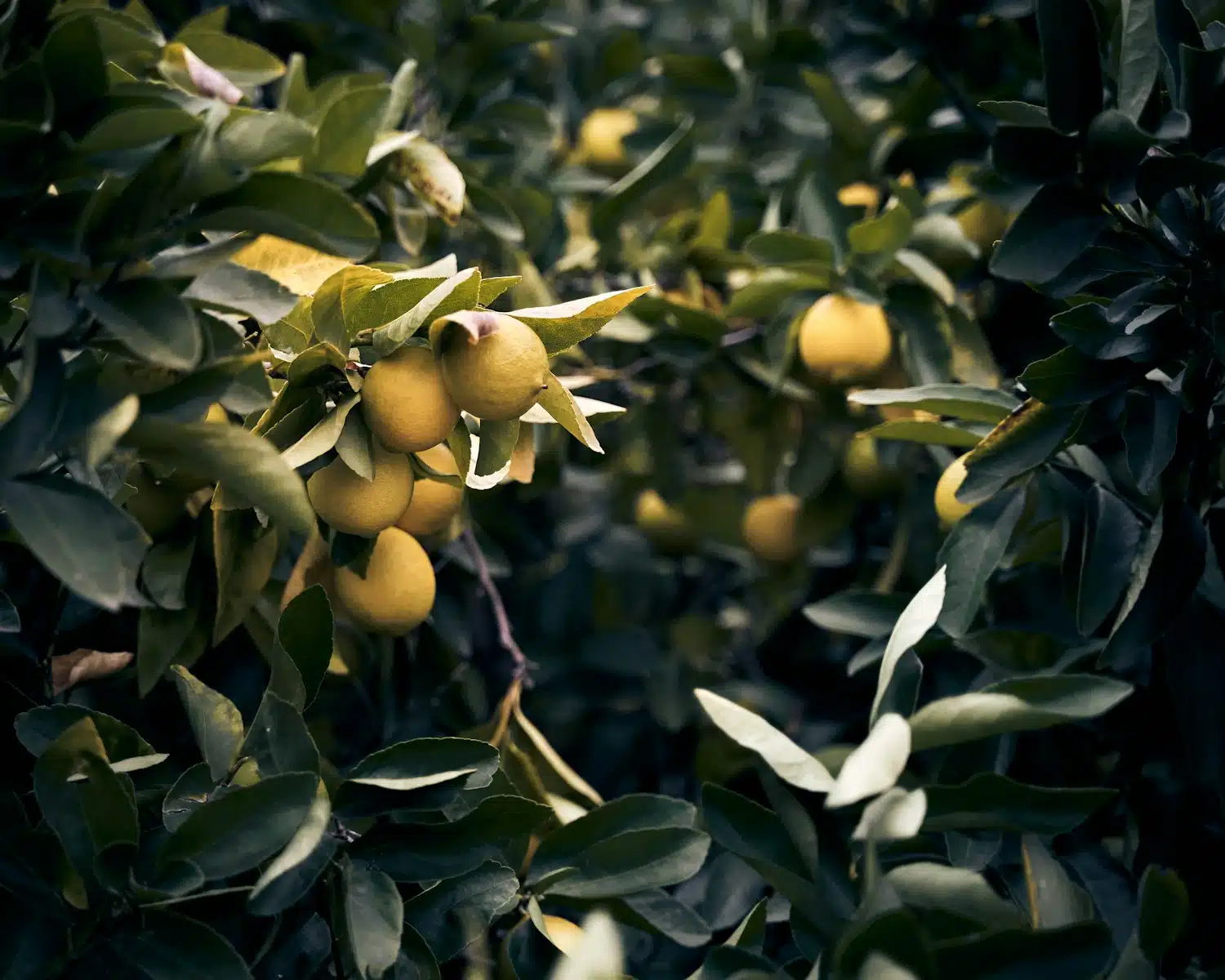
Photo by Gilberto Olimpio on Unsplash
Preventive Measures for Future Seasons
- Regular Pruning: Maintain a regular pruning schedule to keep the tree open and airy.
- Monitor Watering: Adjust your watering practices according to the season and weather conditions to avoid excess moisture.
- Inspect for Pests: Regularly check your tree for pests and take action at the first sign of an infestation.
- Clean Up Debris: Keep the area around your tree free of fallen fruit and leaves to reduce the risk of fungal infections.
Conclusion
Mouldy lemons on your tree are likely caused by fungal infections, poor air circulation, overwatering, or insect damage. By improving air circulation, adjusting your watering practices, using fungicides, controlling pests, and promptly removing affected fruit, you can address the issue and prevent future occurrences. With these steps, your lemon tree will continue to thrive and produce healthy, delicious fruit.
Happy gardening, and may your lemon harvest be bountiful and mould-free!

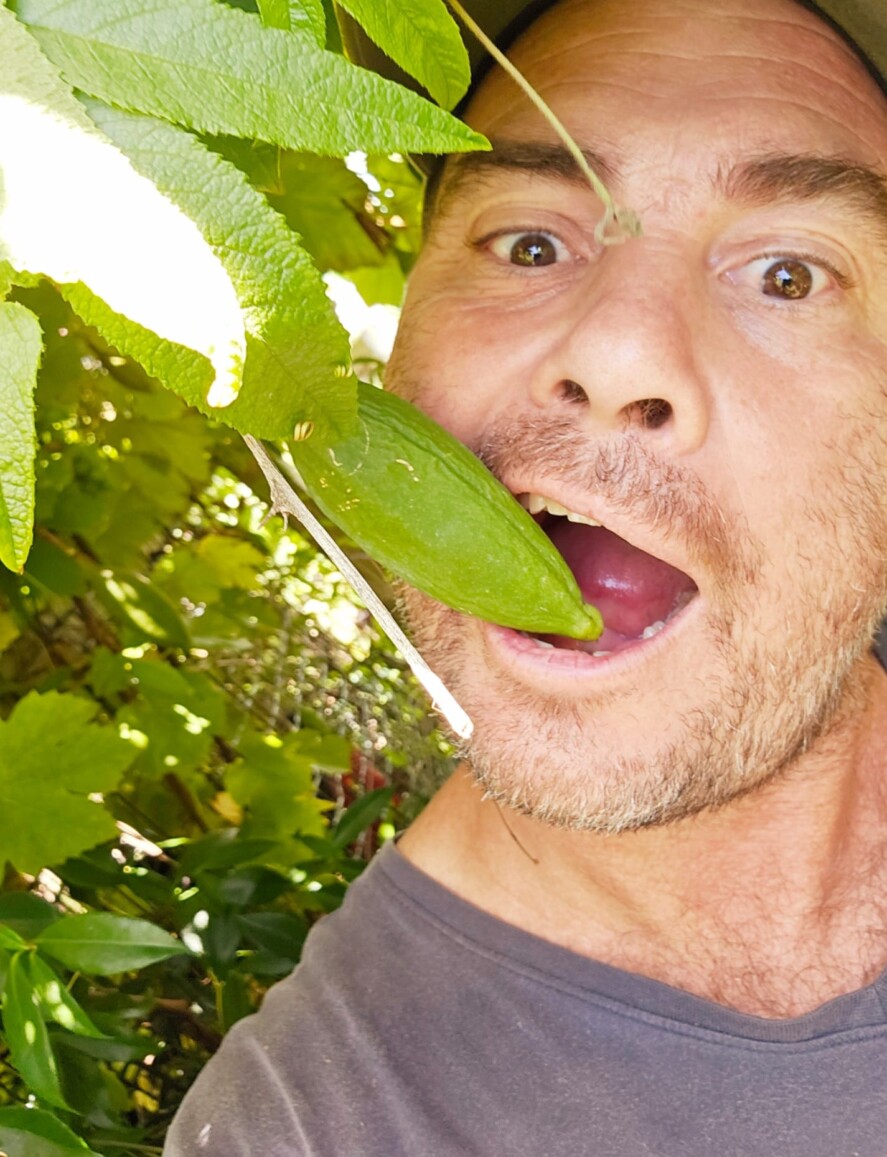

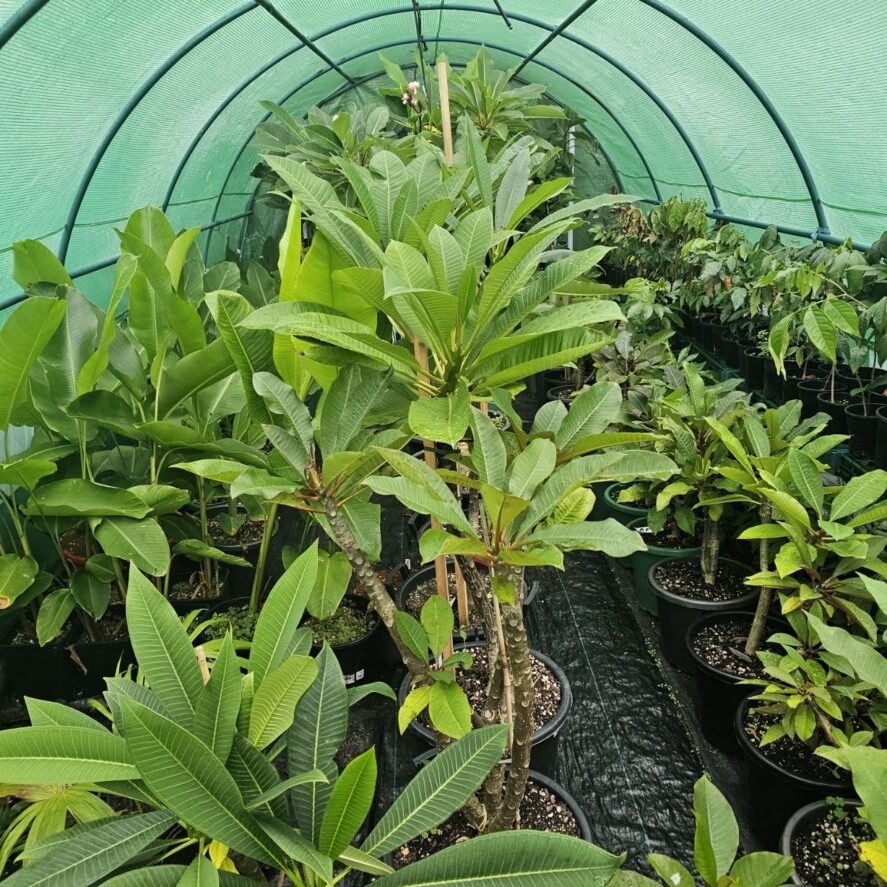



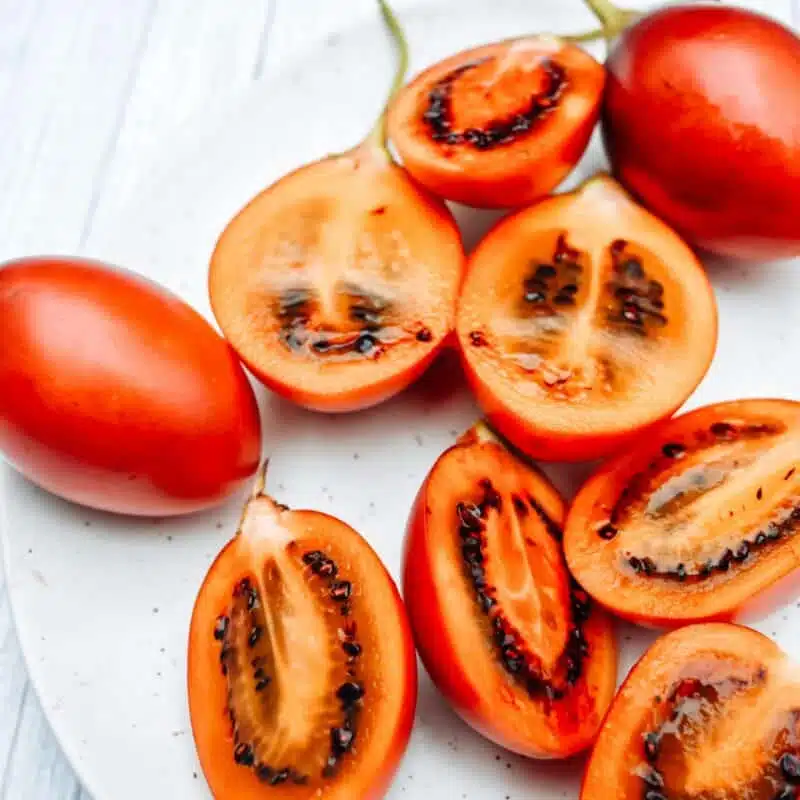

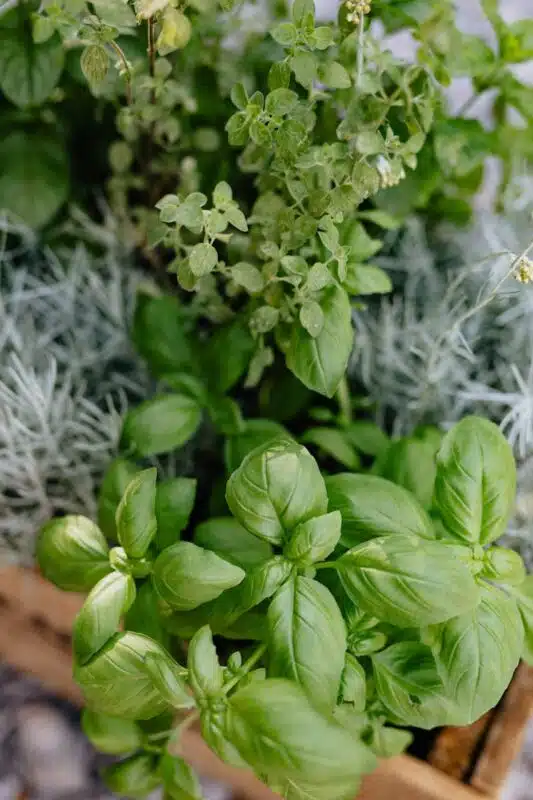

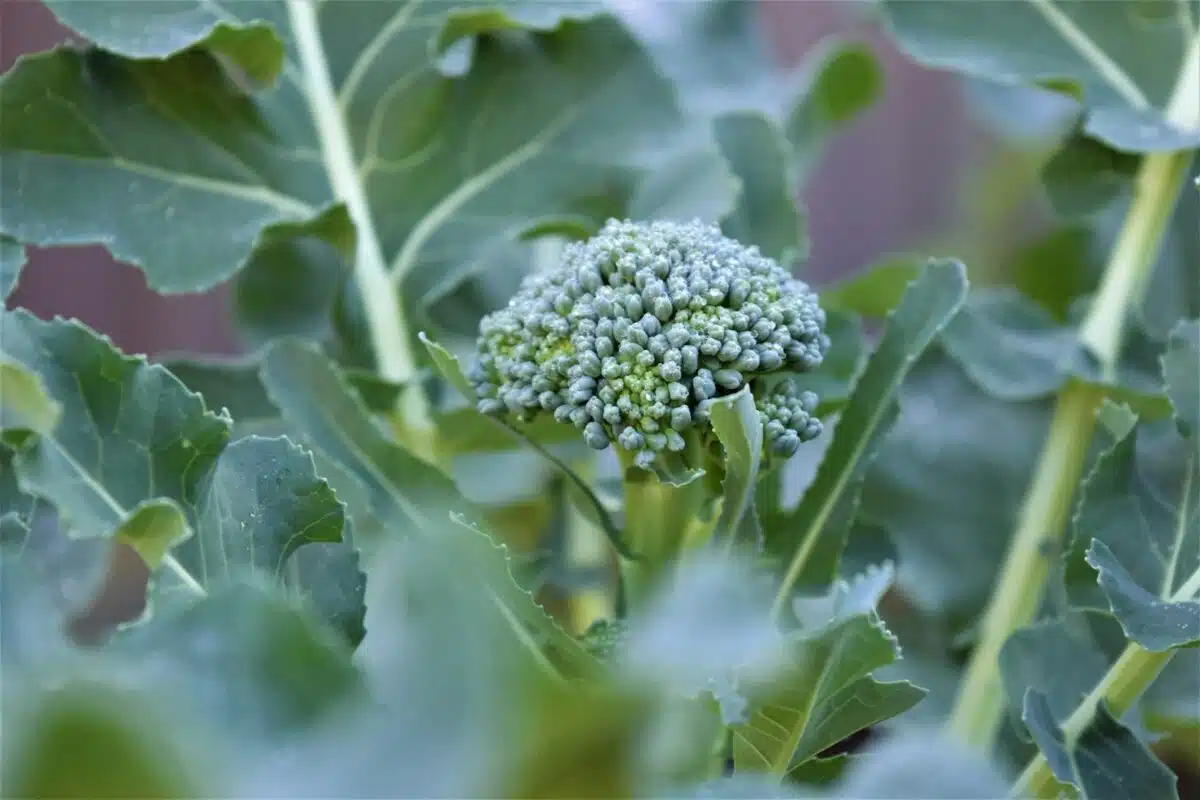



Great tips on pest control. I have noticed some insects around my lemon tree, so I’ll try using neem oil.
Removing mouldy fruit promptly is something I haven’t been doing. I’ll make sure to clean up any affected lemons right away.
The advice on improving air circulation makes sense. I think I’ll start with pruning my lemon tree.
It’s interesting to see how fungal infections can affect lemon trees. I’ll keep an eye out for signs of Botrytis cinerea.
I didn’t realize that overwatering could lead to mouldy lemons. I’ll be more careful with my watering schedule.